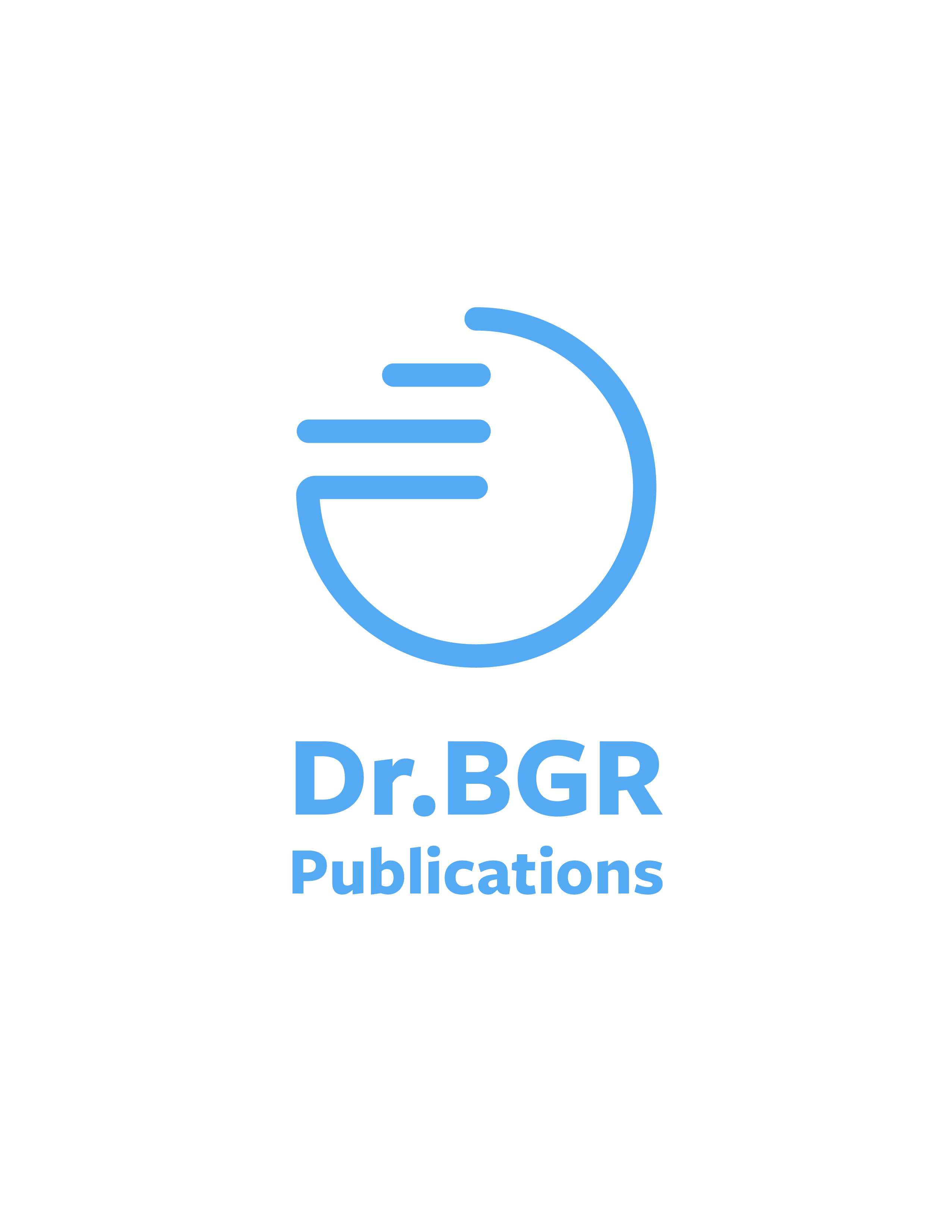A Review Article on "Environmental Impact Assessment (Eia)”
Title
A Review Article on “Environmental Impact Assessment (Eia)”
Authors
Anoop Singh Gaharwar et al.,
Keywords
Environmental issues | international agencies
Publication Details
Vol: 2; Iss: 6; Jun 16 | ISSN: 2454-5422
Abstract
In recent years, there has been a remarkable growth of interest in environmental issues, sustainability and the better management of development in harmony with the environment. Associated with this growth of interest has been the introduction of new legislation, emanating from national and international agencies (e.g. the European Commission) that seek to influence the relationship between development and environment. Environmental impact assessment (EIA) is an important example. EIA means identify, predict and evaluate the environmental effects of proposed actions. EIA is a tool of decision-making development. The three core value of EIA study that has been identifying till date is integrity, utility and sustainability. EIA is a tool for measuring environmental impacts of a upcoming projects or activity covering physical and social factors and providing measure to minimize their impacts. In real sense it is a tool to evaluate the impact of business activity, profitable planning or action leading to bio-geophysical environment and on the health and well being of human beings and interpreting and making public aware about the same. That is to say, EIA focuses on various complications, hardships faced by environment in terms of curtailment of natural resources or human health proned to the upcoming project. It also examines implications of a project that might harm people, their homeland or their livelihood or other nearby developments. After predicting the problems, an EIA identifies measures to minimize the problems and presents with the optimum guidelines to establish the project in the proposed environment synchronizing with the minimum impacts. In the last three decades, EIA has been recognized as the important tool to decide and minimum the feasibility of the project at the particular site. EIA has more wide scope in comparison of other technique. EIA has the potential to be a basis for negotiation among the developers, public interest groups and planning regulators.


